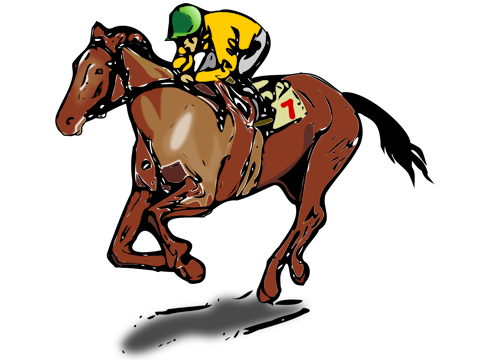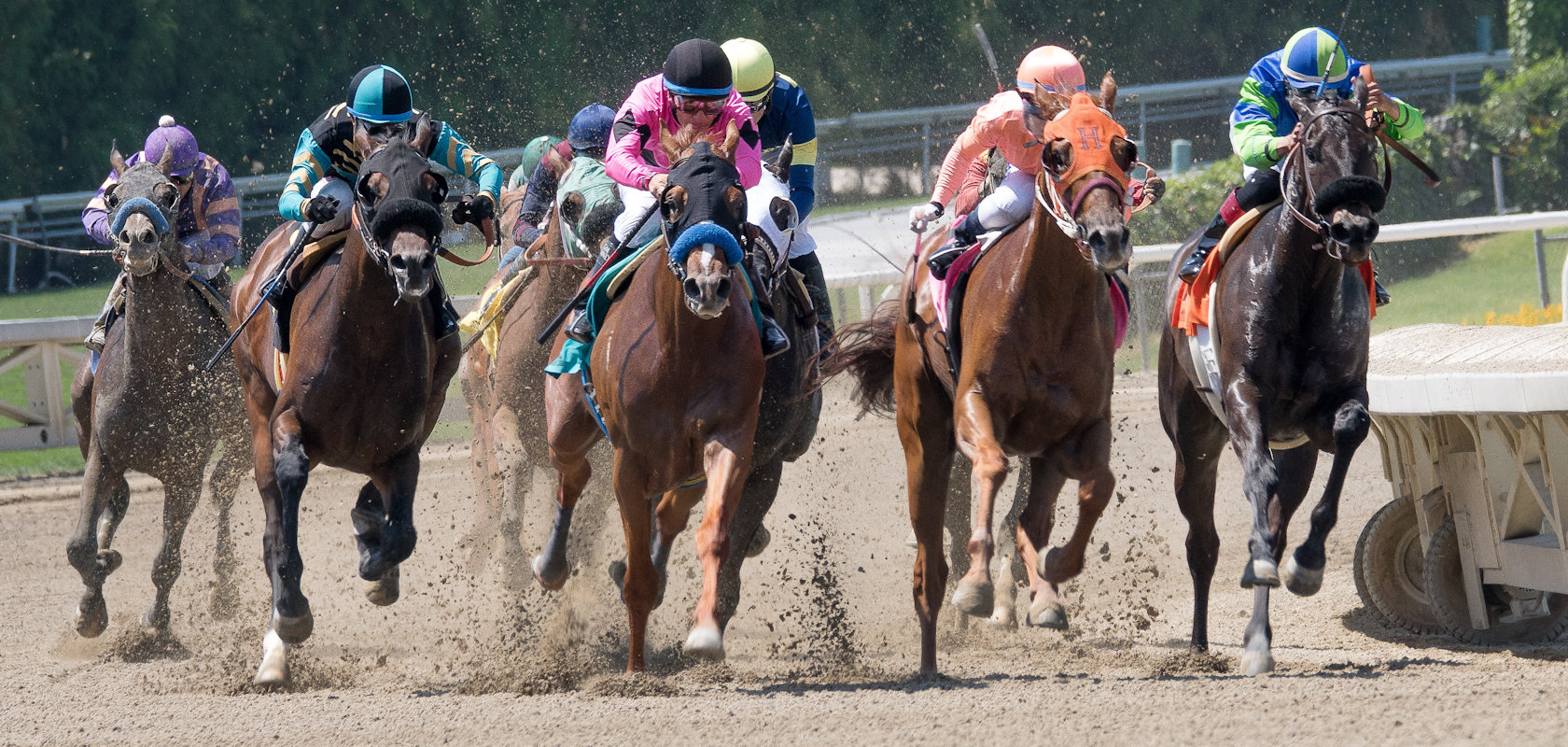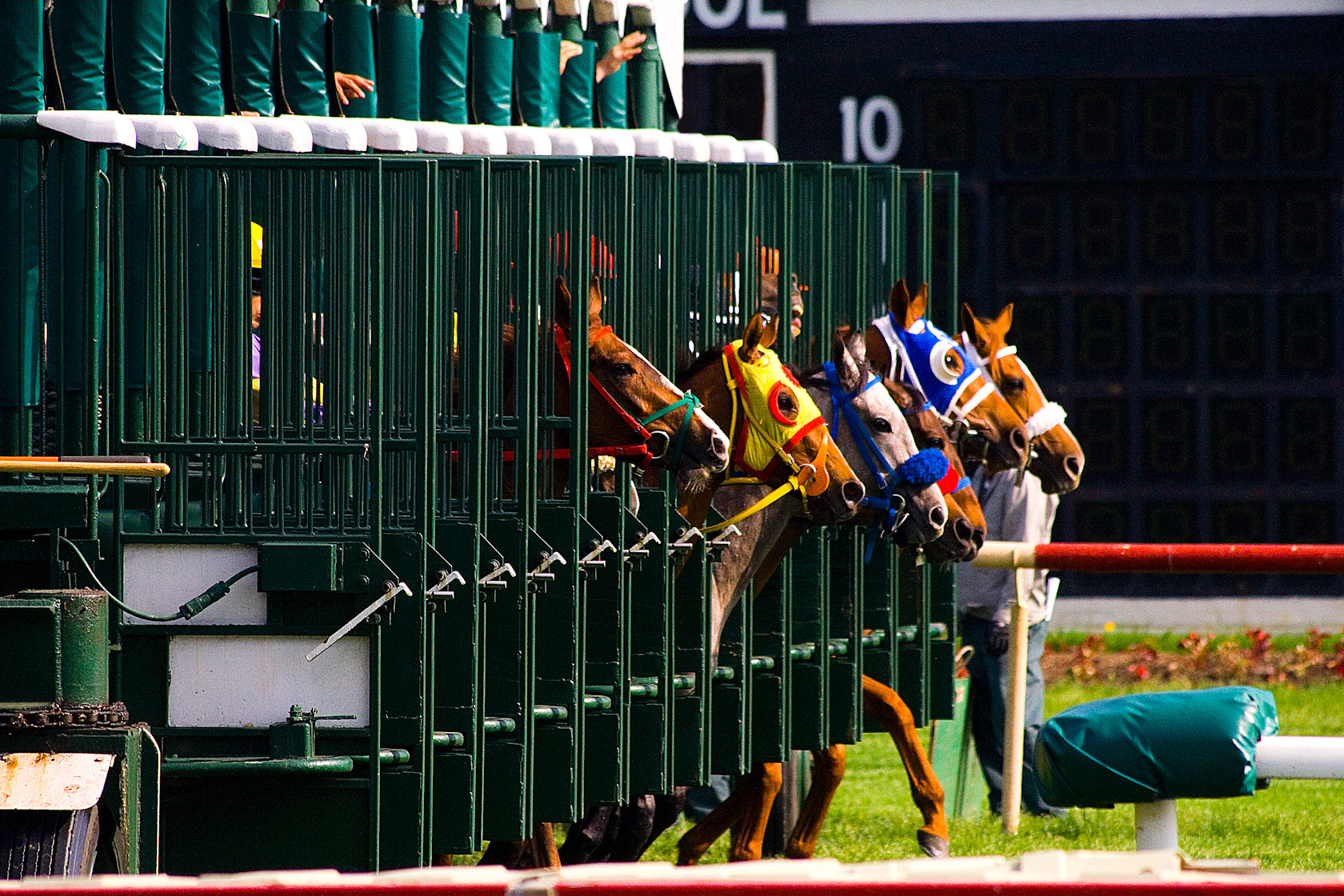 22.02.2021 - Horse racing is one of the most ancient competitive sports in the world. Historians believe that it originated from 4500 BCE, when horses were first domesticated by nomadic Central Asian tribes. Sports are generally known to evolve throughout time, but not horse racing. Despite its thousand-years-long history, its core concept never changed: the horse that reaches the finish line first wins the race. It remains to be a popular game of speed, stamina, and strategy.
22.02.2021 - Horse racing is one of the most ancient competitive sports in the world. Historians believe that it originated from 4500 BCE, when horses were first domesticated by nomadic Central Asian tribes. Sports are generally known to evolve throughout time, but not horse racing. Despite its thousand-years-long history, its core concept never changed: the horse that reaches the finish line first wins the race. It remains to be a popular game of speed, stamina, and strategy.

Primitive Roots
The first evidence of horse racing as an organized sport was recorded in ancient Greece around 648 BCE. Two versions of it were featured in the Olympics of that time: chariot racing, wherein the horse pulls a four-hitch chariot; and bareback riding, wherein the rider mounts the horse without a saddle. Its exciting—albeit dangerous—nature made it a popular form of entertainment. It was also prevalent in ancient Rome, Babylon, Syria, Egypt, and other parts of old Asia.
Since then, horse racing started to spread to other civilizations through expeditions, colonization, and trade. During the 12th century, it reached Britain after Crusaders brought back horses from their campaigns in the Mediterranean. By the 17th century, British colonizers brought the sport to America and China, where it became a favorite pastime for locals. The late 18th century saw the rise of horse racing in India and South Africa as premier sporting events. Australia, Canda, and European countries such as Czech Republic, Hungary, and Belgium followed suit in the 19th century.
The Birth Of Moden Racing
Competitive horse racing made the largest wave in medieval England. It started out as a showcase performed by professional equestrians to sell horses to noblemen. Since horses were crucial in combat, it was a way to display their speed, sprightliness, and endurance. Such marvelous exhibition of horsemanship drew a huge following among the elite, including royalty and aristocrats, which earned it the title “Sport of Kings”.
The sport shot to extreme popularity even to the lower class and race venues sprouted all over Great Britain. There was a drastic increase in the number of jockeys, trainers, and breeders. Most races offered huge prize money, which propelled the industry to overdrive. As a way to regulate the system and make money from its growth, the Jockey Club was established in early to mid-18th century. It was known as the largest commercial horse racing organization at the time. The Jockey Club drafted most of the rules and regulations that exist until today.
Back then, races were limited to only two or three horses in small racecourses. It eventually moved to larger venues to accommodate more participants and spectators. Modern horse racing has two main kinds:

Horse Racing In The Common Era
Today, horse racing continues to have one of the biggest sports fanbases in the world. Its appeal can be attributed to the fact that it’s a performance sport with a quick turnaround time—an average race is over in just 13 seconds. It gives the right kind of thrill that sports enthusiasts love. Racegoers also enjoy placing bets for an opportunity to make money or simply make their viewing experiencing a little more exciting.
Many countries have established their own racing organizations and major events. Before the pandemic hit the globe, some of the most popular racing events drew around 50,000 to 150,000 racegoers in a single day. Last year, races were resumed after a short suspension to make way for health protocols. Now, organizers are focusing on telecasts and livestreams as a way to adapt to the new normal.
Even with the current restrictions on live events, the future still looks bright for horse racing. Its transition to online platforms may even attract new audiences, especially the young generation, which industry leaders have long been eyeing. This sport has stood the test of time for many millennia and continues to do so. As they say on the flat, horse racing is back on track.




